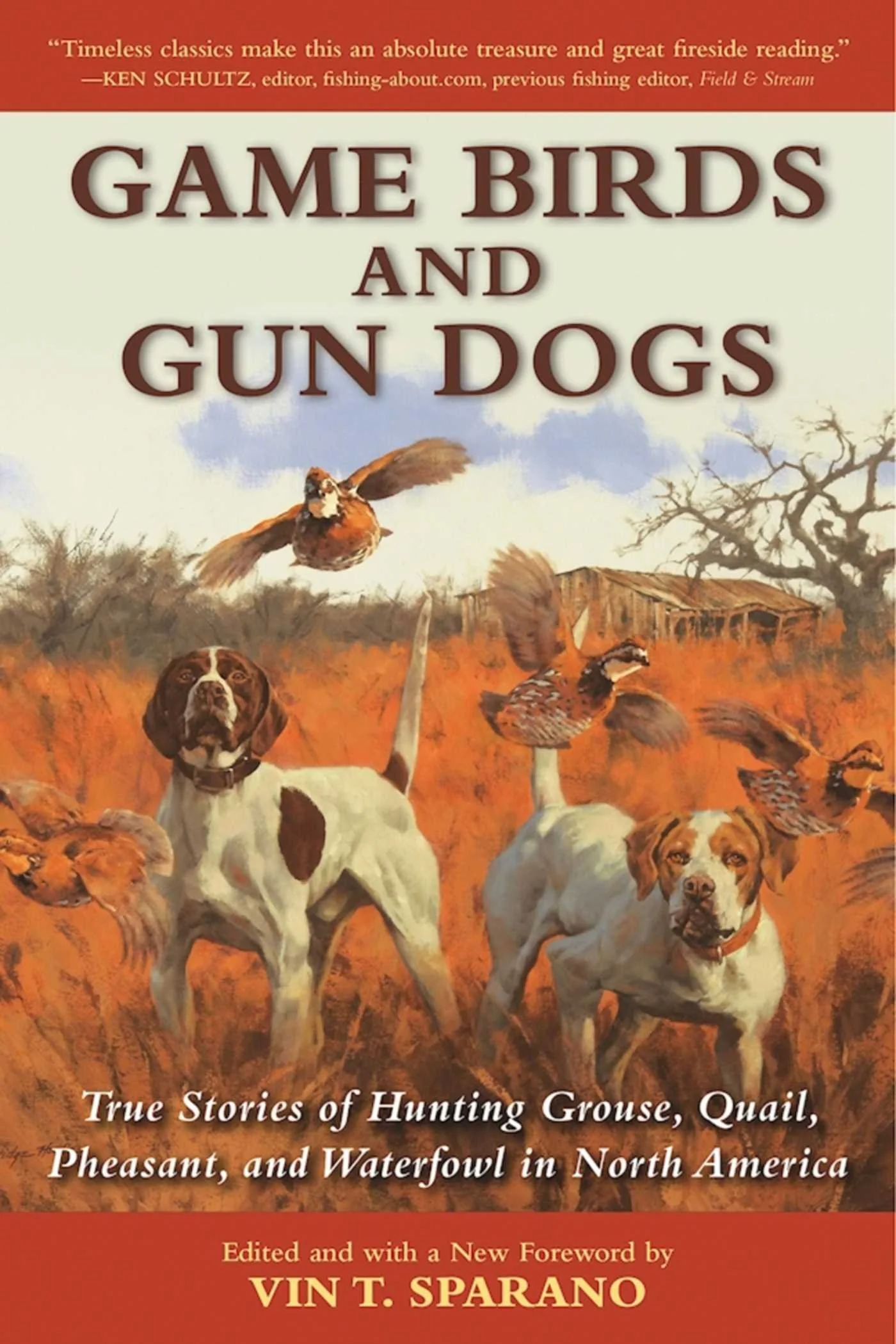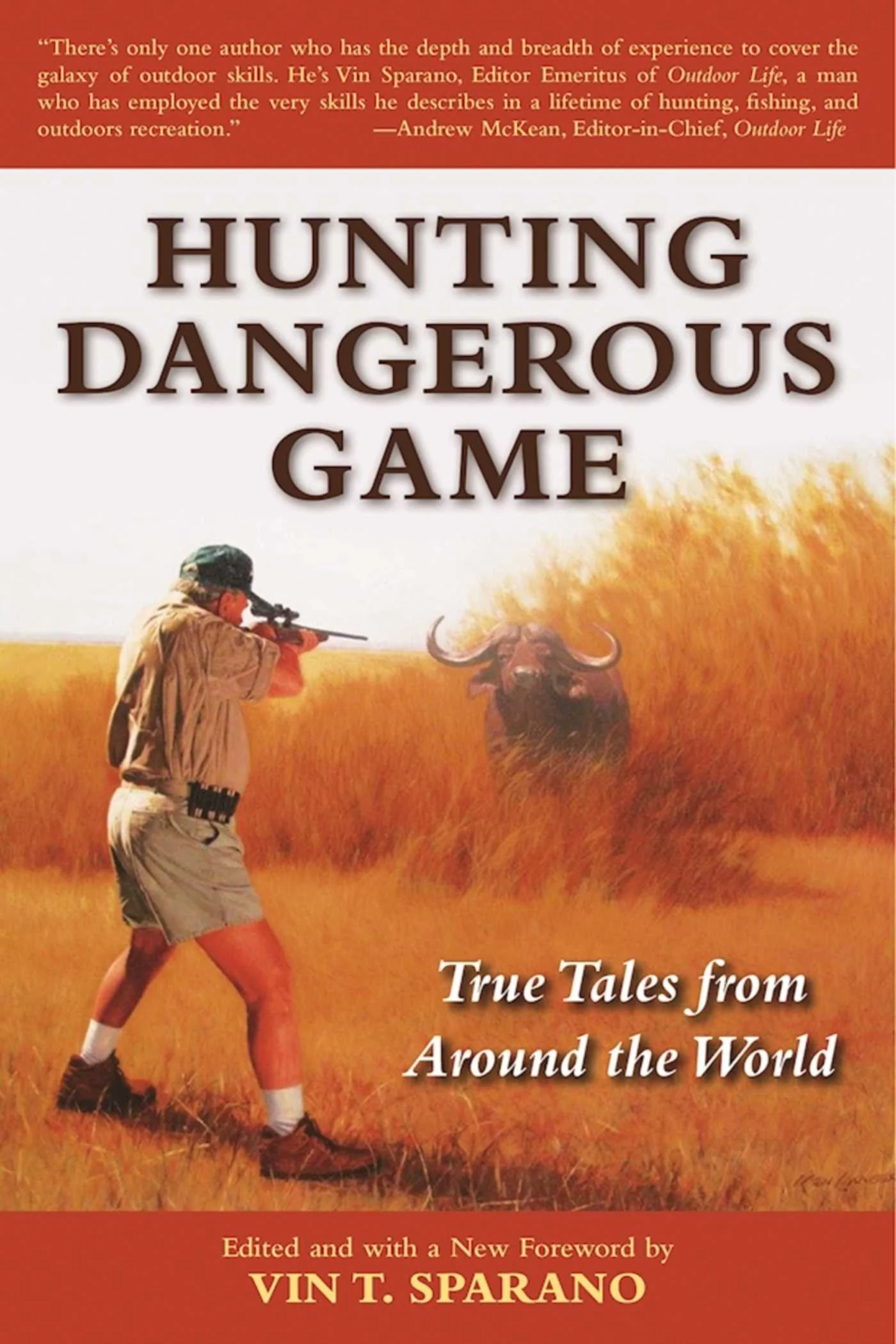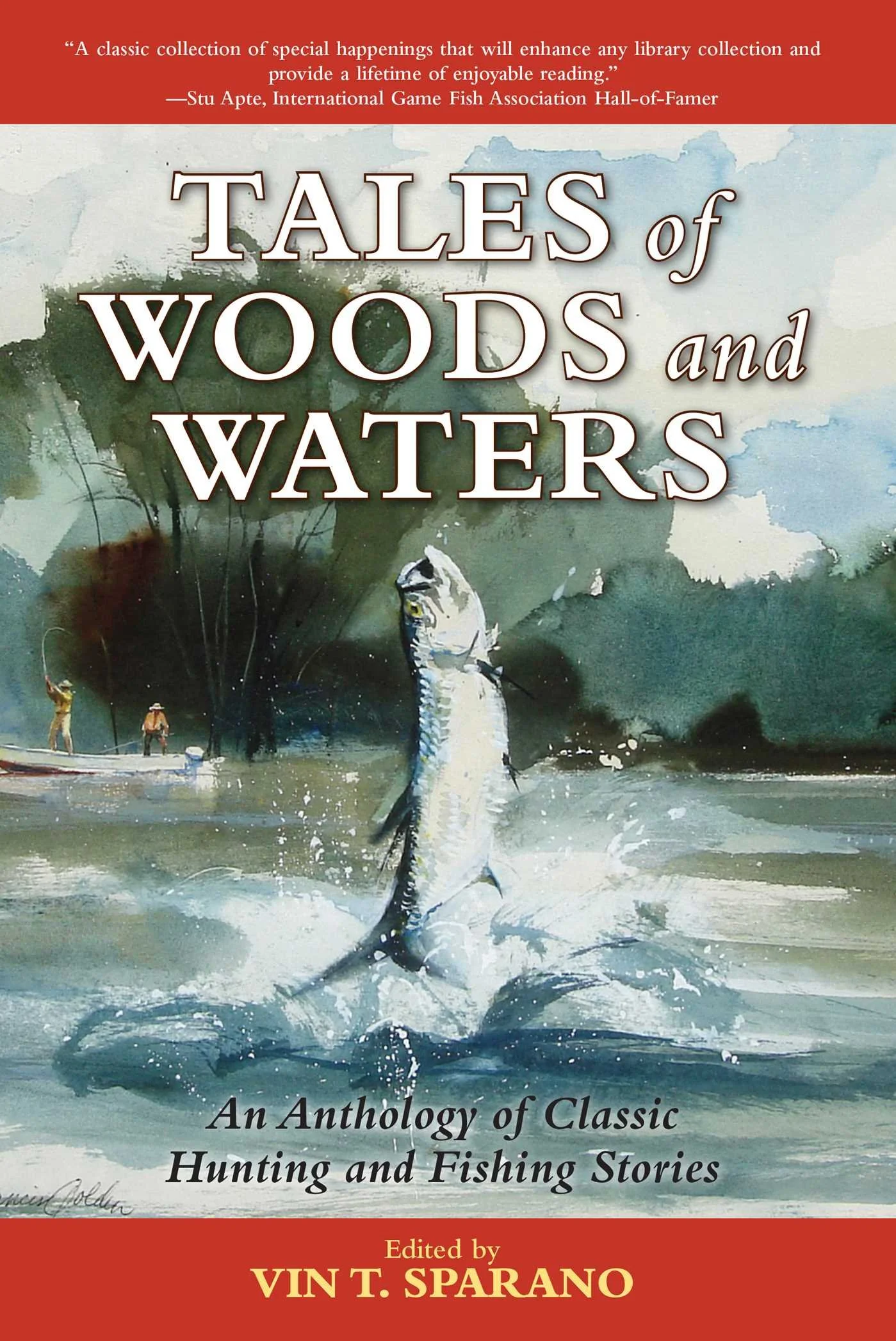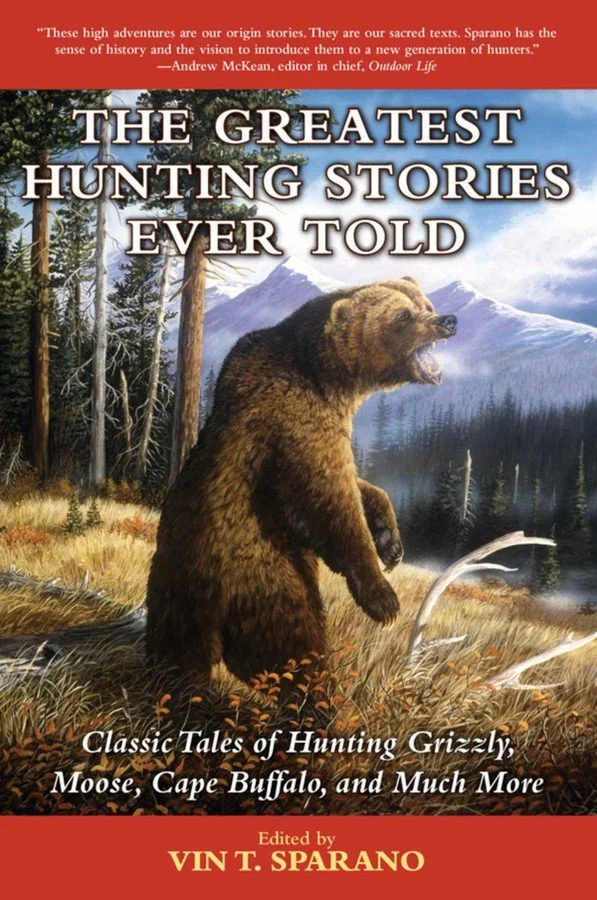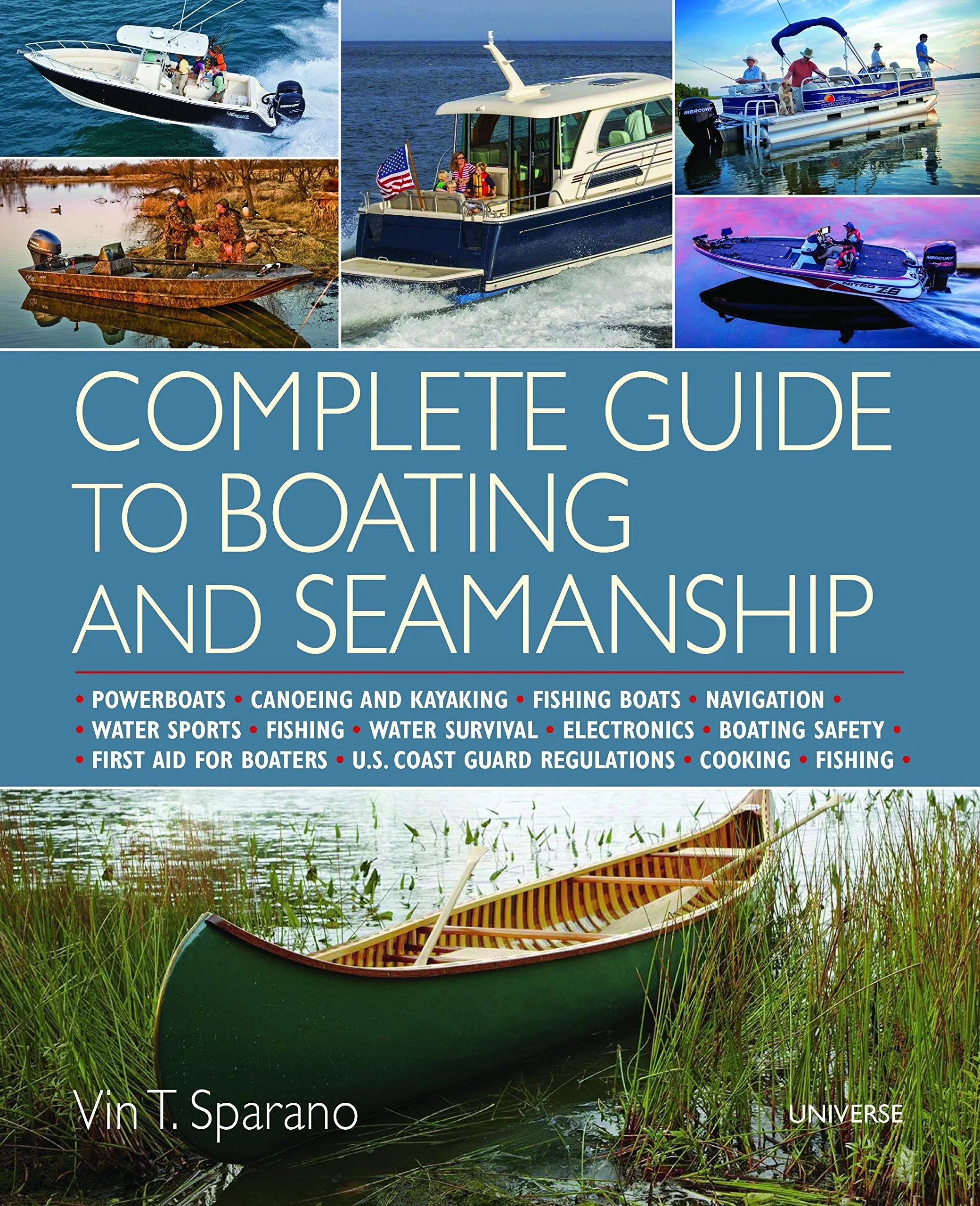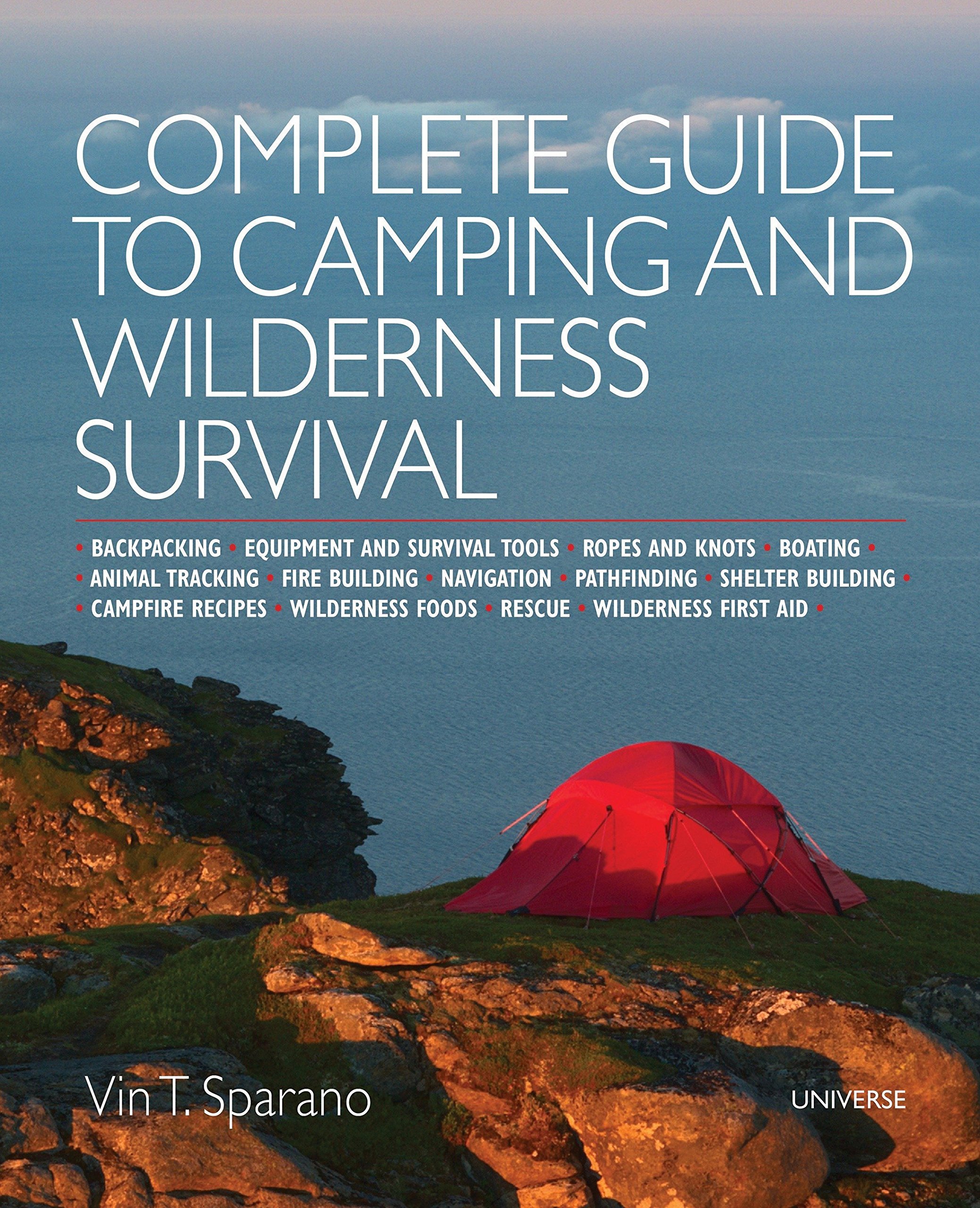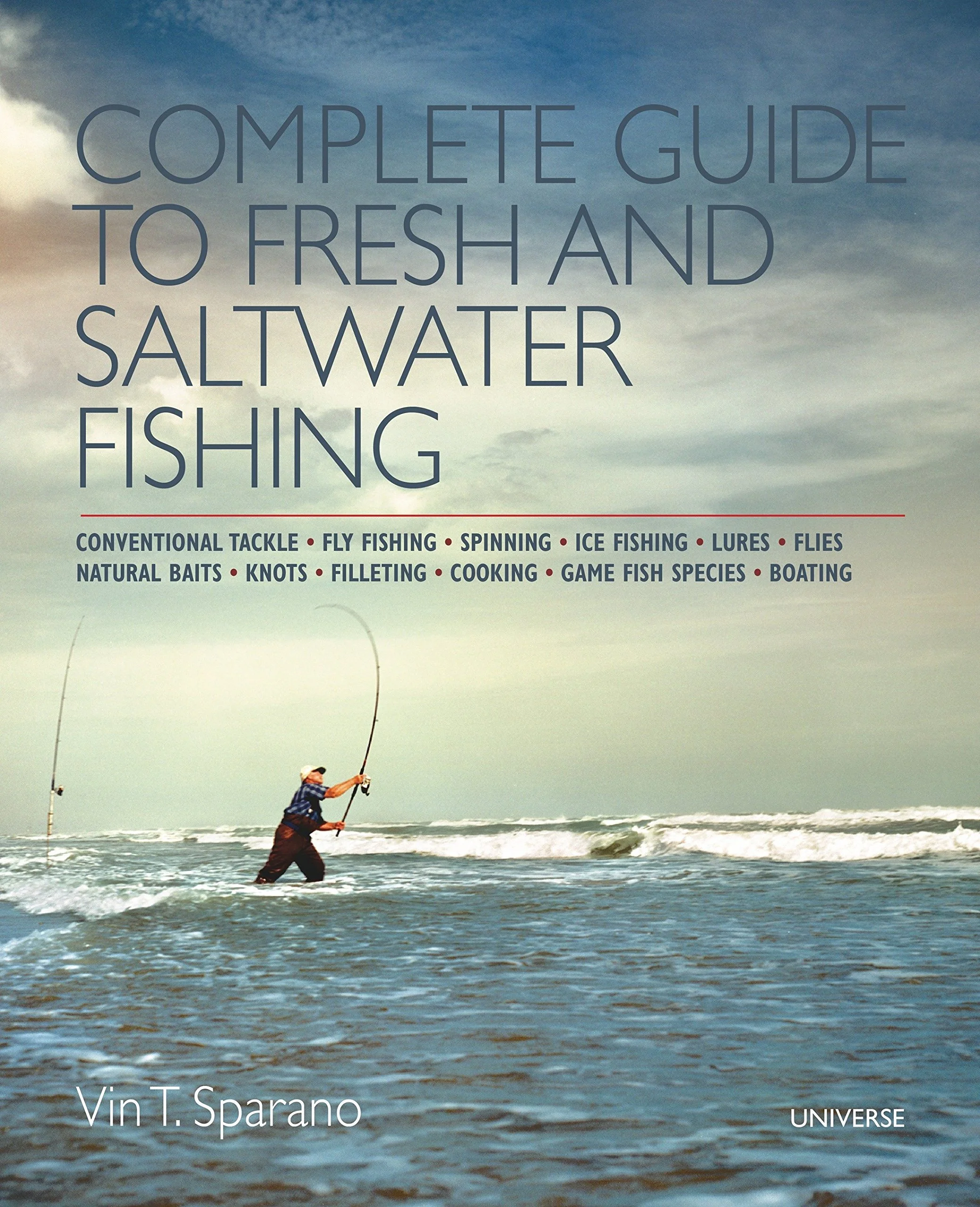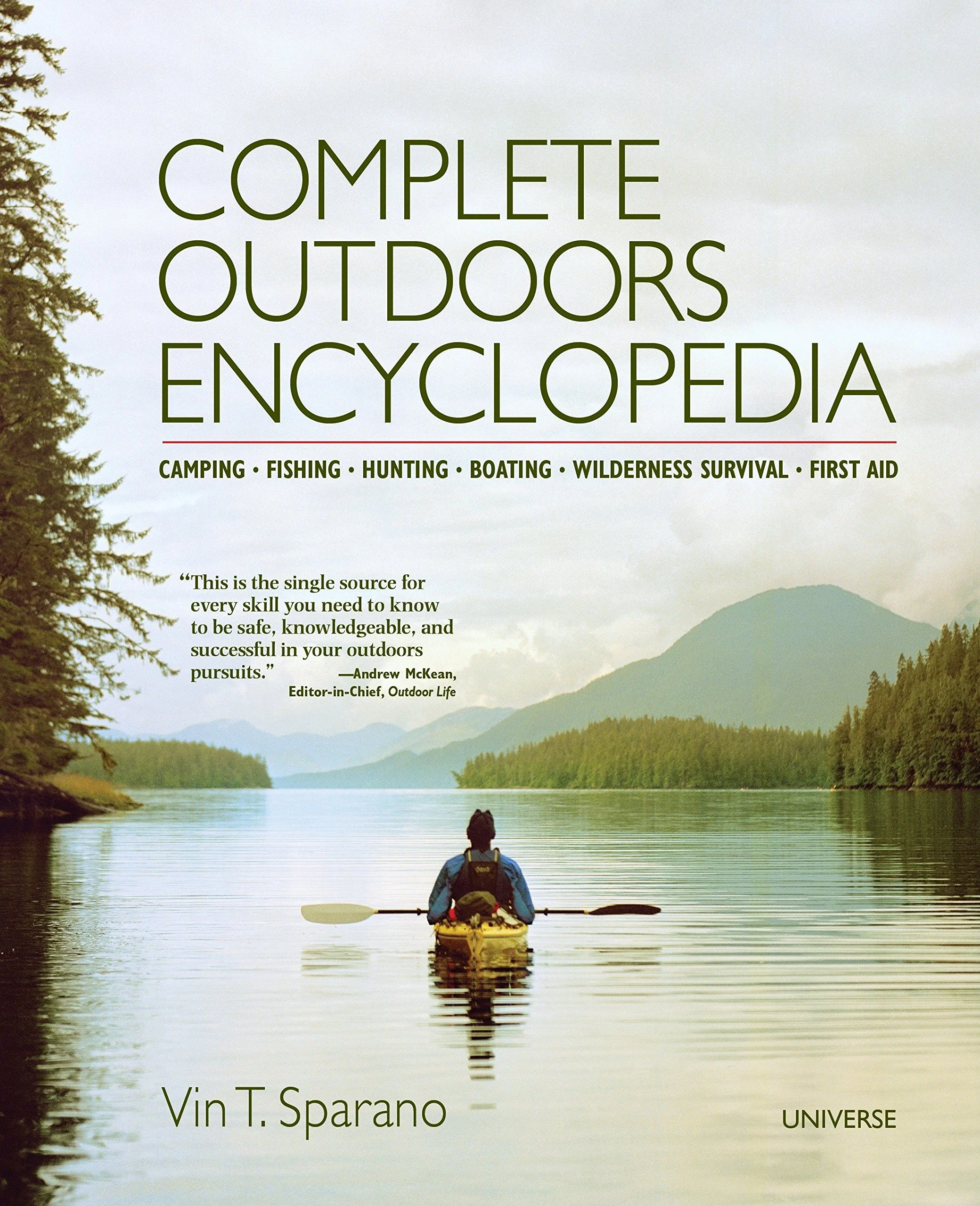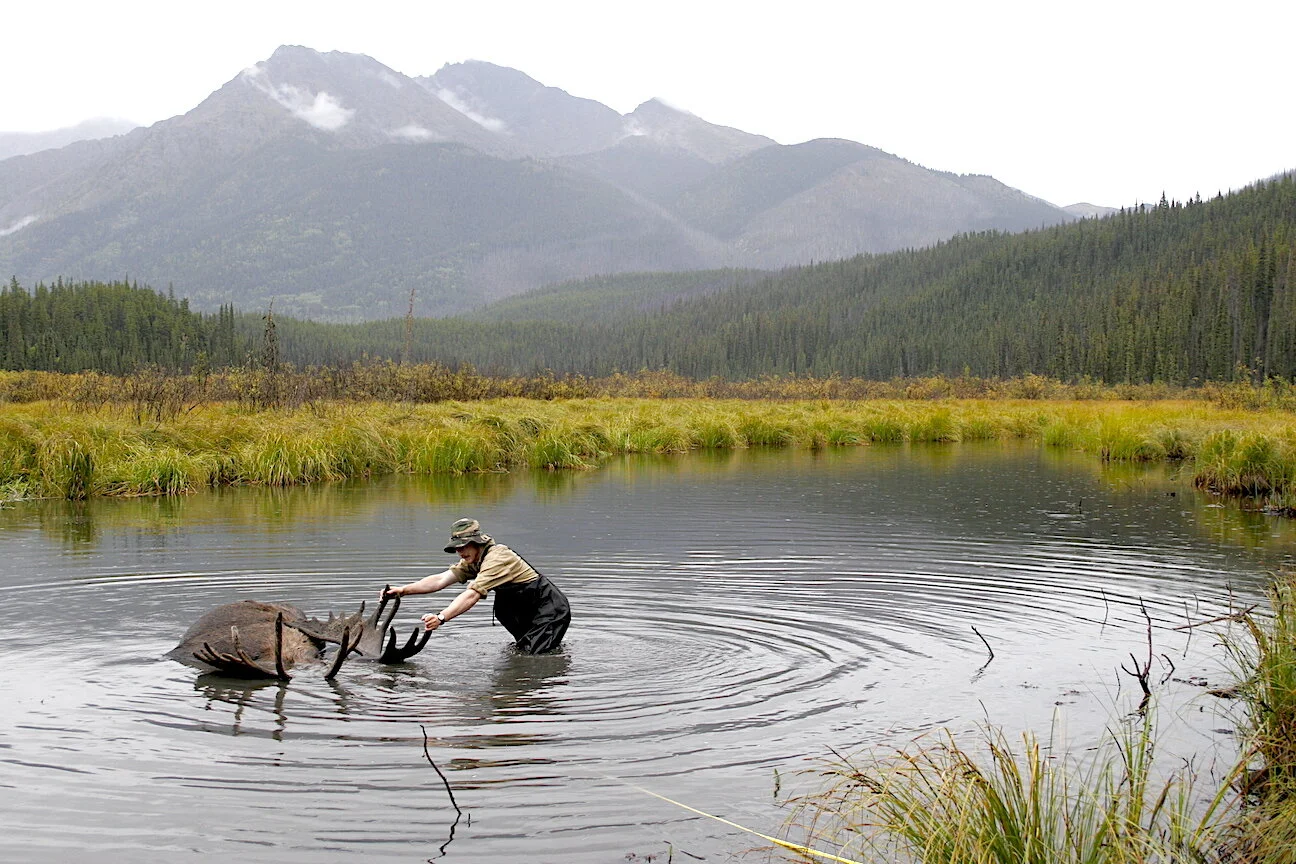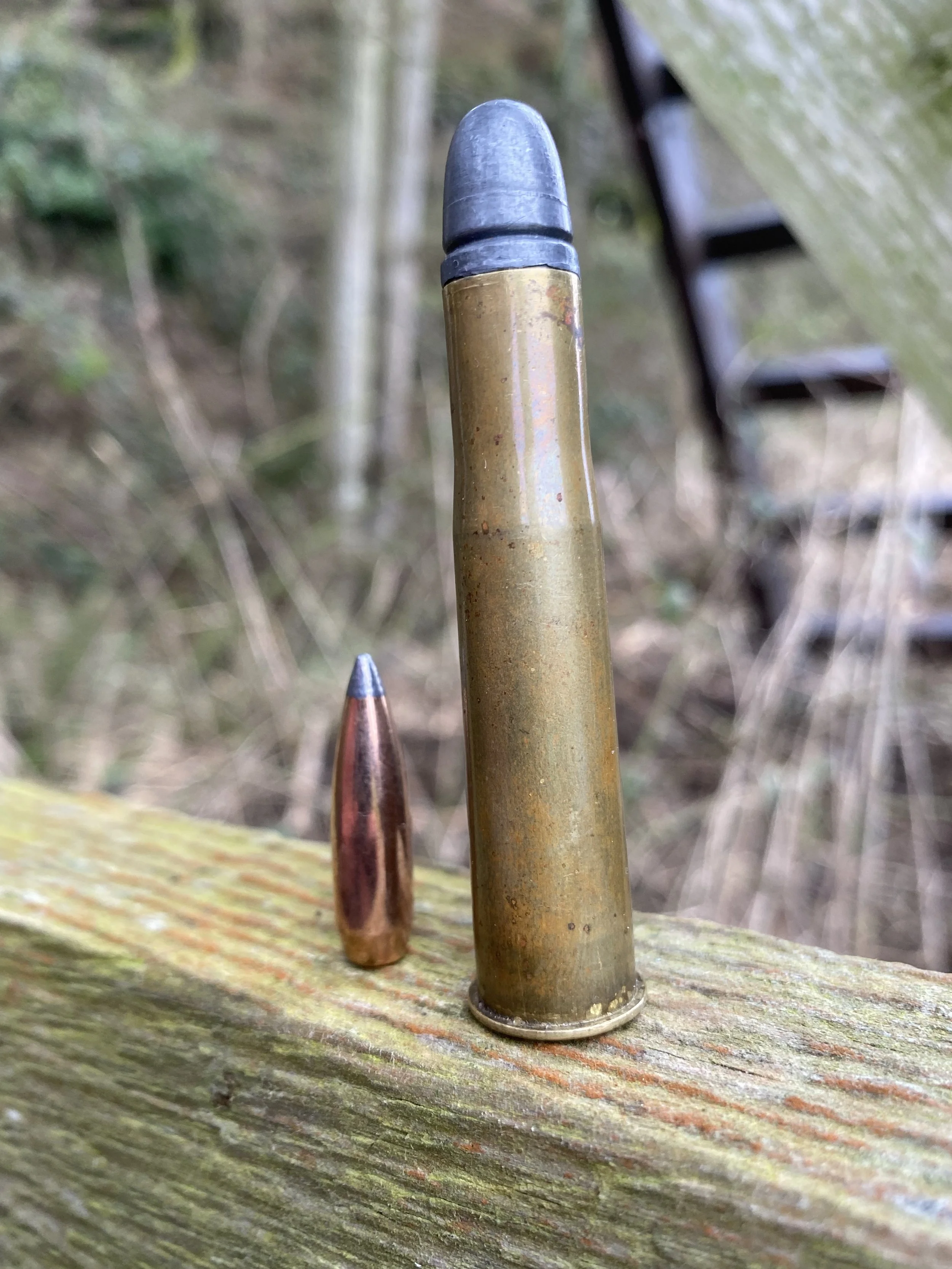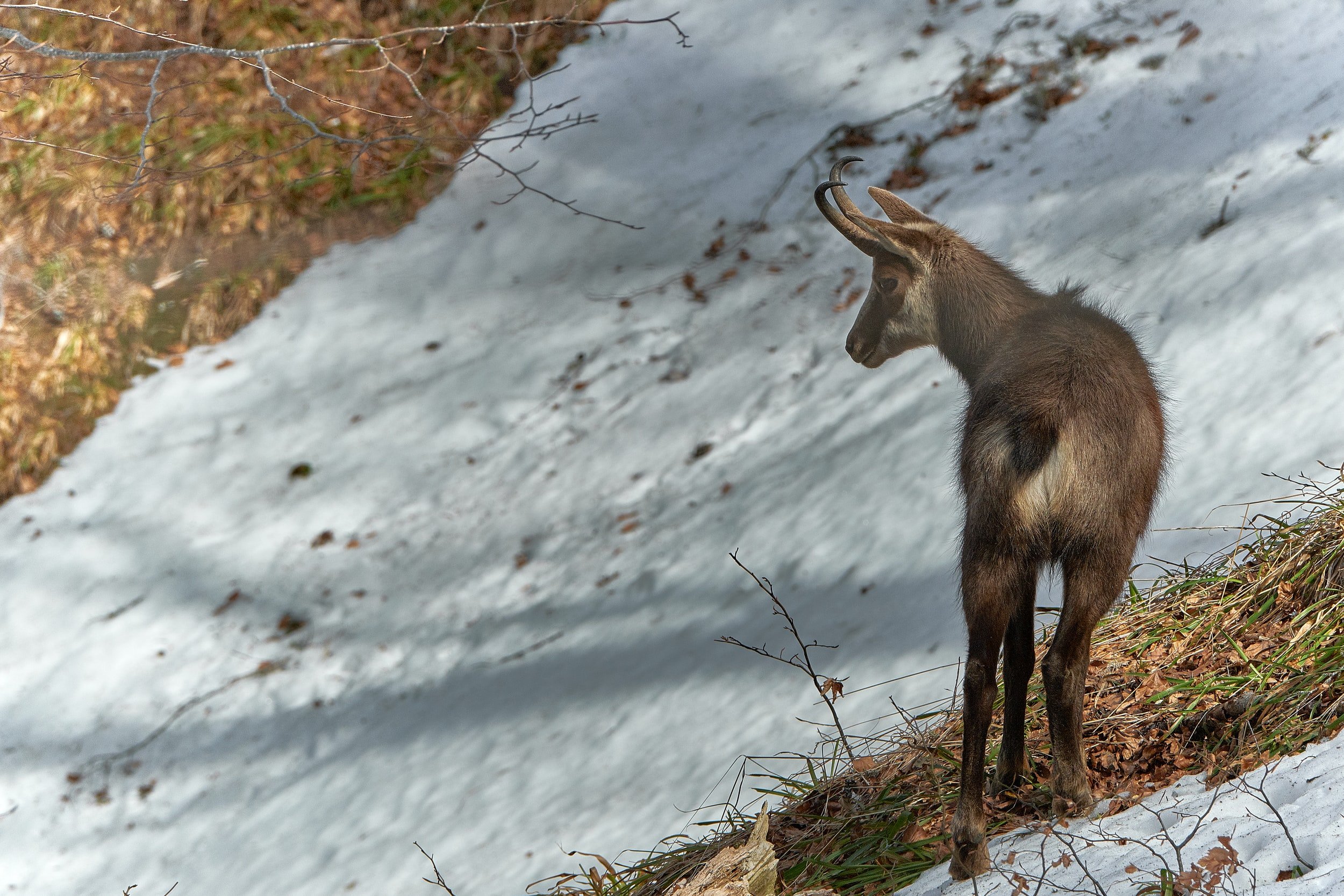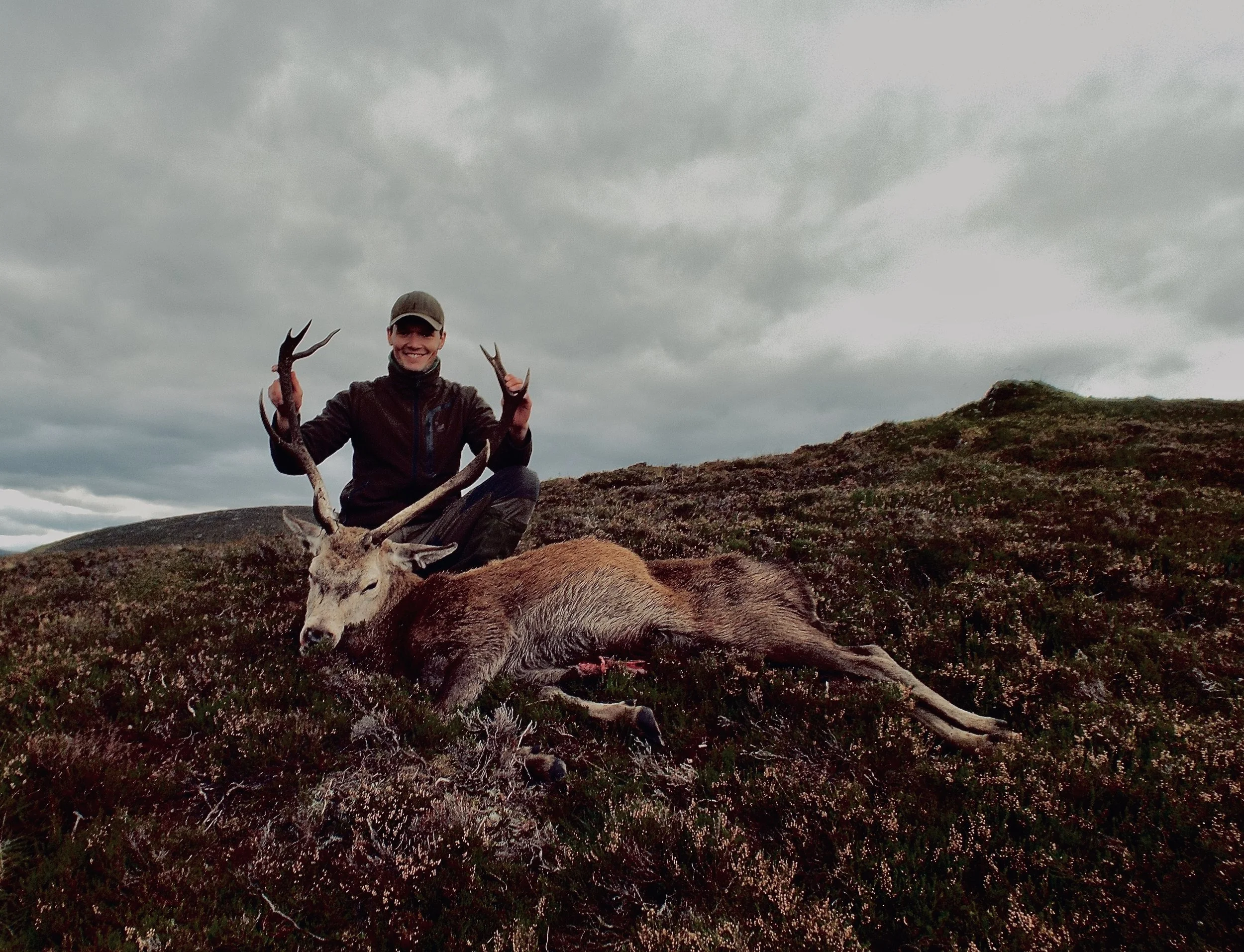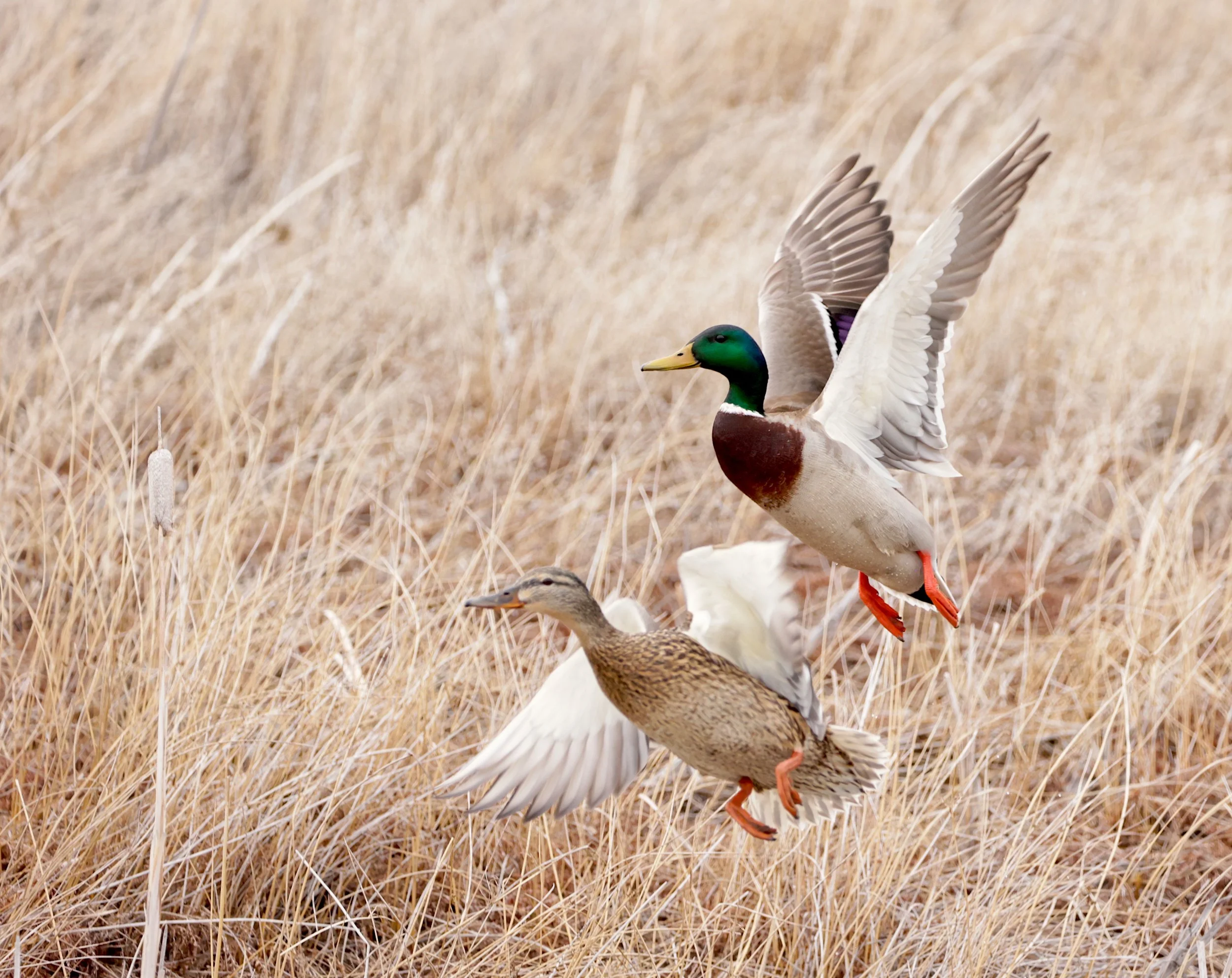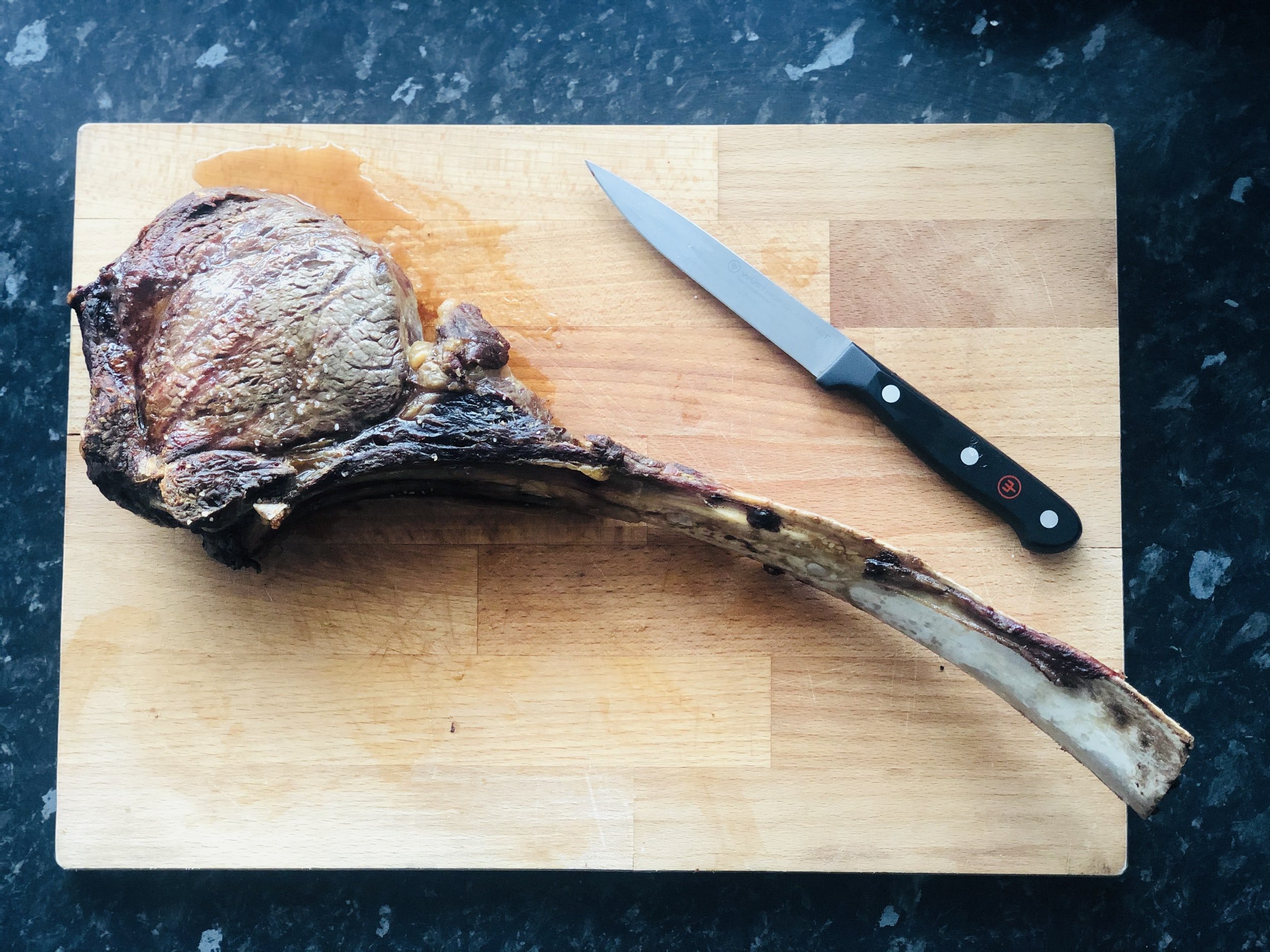Are You A Good Fisherman? Take This Test and Find Out!
How do you rate yourself as an all-around knowledgeable fisherman? Do you really know everything about knots, fish species, baits, rigs, and lures? Before you lay claim to being a hotshot pro fisherman, you had better take this multiple-choice test and see how you score. Each correct answer to the 20 questions is worth 5 points. All answers will be revealed at the end of the quiz! Good luck.
Question 1:
An old effective technique for locating a school of fish is to catch one, attach a balloon and release it. When the fish returns to the school, you can focus on the area and catch more of the same species. On which of the following species will this technique work?
a. Largemouth bass
b. Pike
c. Walleye
d. Bluegill
Question 2:
Who was responsible for the first circle hook design?
a. Eagle Claw Hook Company
b. Gamakatsu
c. Commercial Longliners
d. Mustad
Question 3:
The Carolina and Texas Rigs are both effective plastic worm rigs for largemouth and smallmouth bass. Which of the following correctly describes the rig?
a. The Carolina Rig is a shallow running lure fished with no weight. The Texas Rig has a slip sinker and designed to be fished deep.
b. The Carolina Rig, fished deep, uses a sinker at the head of the hook and worm. The Texas Rig is fished on the surface, skimming the worm to generate strikes.
c. The Carolina rig is designed to be fished in heavy weeds. The Texas rig curls the plastic worm, so that it spins on retrieve.
d. The Carolina Rig is designed to be fished deep with a slip sinker 3 feet ahead of the worm. The Texas Rig has a sinker at the head of the worm with the point of the hook buried in the worm to make it nearly weedless.
Question 4:
When fishing offshore, what seabird is the most likely to find you fish?
a. Gannet
b. Terns
c. Frigate
d. Pelicans
Question 5:
What do you get when you cross a lake trout with a brook trout?
a. a tiger trout
b. a steelhead
c. a splake
d. a sea-run brook trout
Question 6:
When fishing a bay or inlet for any species, what is the best tide to fish?
a. High tide
b. Outgoing
c. Ebb tide
d. Incoming
Question 7:
What should your minimum and maximum drag settings be for 12-pound-test line?
a. 4-pound minimum, 8-pound maximum
b. 6-pound minimum, 10-pound maximum
c. 2-pound minimum, 6-pound maximum
d. 8-pound minimum, 10-pound maximum
Question 8:
When cutting up a baitfish, what part of the bait is generally considered the best for big striped bass?
a. the tail
b. the head
c. the mid-section
d. a filet strip bait
Question 9:
Which of the following would be considered a safe thickness for one person icefishing on foot?
a. 2 inches
b. 3 inches
c. 4 inches
d. 10 Inches
Question 10:
What is the one lure that continually out fishes every other lure in saltwater?
a. diamond jig
b. deep diving plug
c. bucktail
d. spoon
Question 11:
If you don’t know how to tie a good Bimini Twist to create a double line, there is another knot that’s easier to tie and just as effective. What is it?
a. end loop knot
b. double-line shock leader
c. double surgeon’s loop
d. spider hitch
Question 12:
Some species of fish love to hang around and under floating objects. Dolphin have such a reputation for hiding under floating debris, but what other species has the same reputation?
a. Kingfish
b. Yellowtail Snapper
c. Tripletail
d. Permit
Question 13:
What is one of the most productive and durable live baits for striped bass?
a. herring
b. eels
c. sandworms
d. bunkers
Question 14:
What knot should you use when tying monofilament to wire leaders. This is also the same knot to use when tying monofilament to monofilament of greatly different diameters.
a. Blood Knot
b. Nail Knot
c. Albright
d. Uni-Knot
Question 15
Which of the following species can inflict a painful injury if mishandled?
a. trout
b. bass
c. catfish
d. walleye
Question 16:
When a fisherman says he catches more fish when he uses a teaser with his plugs, spoons and bucktails, what does he mean?
a. He’s using a fly or streamer about three feet above his lure.
b. He’s fishing a chum slick.
c. He’s tipping his lures with fresh bait
d. He’s working his lures more erratically.
Question 17:
There are times, depending on region and water conditions, when largemouth and smallmouth bass look similar in coloration. What’s the best and fastest way to identify these species?
a. Coloration is brownish in the smallmouth and green in the largemouth.
b. Length of the jaw in relation to the eye.
c. Connection of the dorsal fins.
d. All of the above
Question 18:
When a fisherman says he’s putting out the birds, what is he doing?
a. Planning to fish with a kite
b. Rigging a mirrored teaser
c. Trolling a rigged flying fish
d. Putting out a large teaser with wings
Question 19:
What do you get when you cross a lake trout with a brook trout?
a. a tiger trout
b. a steelhead
c. a splake
d. a sea-run brook trout
Question 20:
Where did the concept for big bunker spoons originate?
a. automobile hubcaps
b. automobile headlights
c. big soup ladles
d. hammered diamond jigs
BONUS QUESTION….WORTH 10 POINTS
The first tarpon taken on a fly tackle in the Florida Keys was caught on a freshwater fly. What was the year and the name of the fly?
a. 1928, Mickey Finn Streamer
b. 1933, Clouser Minnow
c. 1926, Royal Coachman
d. 1936, Gray Ghost
Answers:
1: c.— Once you find a walleye hole, you should catch fish there consistently. Walleyes are schooling fish and are unlikely to move their places of residence.
2: c.— Circle hooks have been around since the turn of the century, but commercial longline fishermen brought them into worldwide use. It’s ironic that the circle hook, developed for commercial longline fishing because of its deadly hooking ability, would also become one of the most effective catch-and-release devices to come along in decades. Because of its unique design, fish will be hooked in the corner of the mouth, making release easy and without harm to both fresh and saltwater fish. What makes this hook so effective is the fact that fish will hook themselves, an important factor for longliners who leave their baited gear unattended.
3. d.—The Carolina Rig has a sinker about 2 or 3 feet in front of the worm. It’s fished deep but not on the bottom. The Texas Rig is a brush buster with a bullet sinker at the head of the plastic worm and the point of the hook buried in the worm. Both rigs are effective bass lures, especially during the summer months.
4. c.—The frigate is probably the best fish spotter in the world. With a wingspan of 8-feet, a frigate, also known as the Man-O-War, will spot and follow a billfish until it drives baitfish to the surface, where it can swoop down and pick up the bait on the surface. Frigates will also track schools of dolphin, kingfish and almost all other species that will drive bait to the surface. Frigates, incidentally, cannot dive into the water for fish. These birds pick off the bait on the surface.
5. c.—A splake is a trout hybrid created by crossing a lake trout and a brook trout. The name is a combination of speckled (brook) trout and lake trout. Unlike many other hybrids, the splake is capable of reproducing. It also matures and grows faster than a lake trout.
6. b.—Outgoing tide is generally the most productive stage of any tide. The current will drain marshes, creeks and flats, pulling all sorts of baitfish and crustaceans into deeper water and channels. Fish will station themselves just outside of the current or at the mouth of tidal creeks or inlets, waiting for food to come their way. It’s also important to remember that a turning tide or moving water can also trigger feeding. This also applies to stream and river outlets for such freshwater species as trout and walleye.
7. a.—Not all drags are created equal, but a minimum setting of 4-pounds and a maximum of 8-pounds is safe for 12-pound-test line. Keep in mind that with a minimum drag of 4 pounds, a pull of 8 pounds is likely to be required to get that drag started. If you hold your rod at 45 degrees or higher, you will add another 10 percent to that setting, which brings the drag to 9 pounds. We also have to add water resistance, line drag and speed of the fish, so add another 2 pounds; which brings us up to 11 pounds of drag on your 12-pound-test line. With one pound of drag to spare, a big fish will likely break your line.
8. b.—The head is by far the best cut for big stripers. Run a 2/0 to 8/0 circle hook through the skin over the eyes or through both lips. Big bass will swallow the whole head. Properly hooked, a head will also stay on your hook longer. Remember that a circle hook requires a deadstick technique. When a bass picks up the bait, engage your reel and let the striper hook itself.
9. a.—Two inches. This safe thickness for one ice fisherman on foot, determined by the Lumberman’s Safety Association, applies only to clear blue lake ice. For early winter slush ice or late season ice, the thickness should be doubled.
10. c.—A bucktail with a single hook molded into a lead head and dressed with everything from deer hair to a chunk of cut bait has probably accounted for more fish than any other lure. The bucktail jig has proven so effective that this jig was packed in military survival kits. The bucktail, dressed with a plastic tail or tipped with cut bait or live shrimp, will catch just about every species in our coastal states. Bucktails weigh from 1/16 ounce to more than 8 ounces.
11. d.—The Spider Hitch serves the same function as the Bimini Twist. Many fishermen prefer it because the knot is easier and faster to tie than the Bimini. It also requires no partner to help, nor any fixed object to keep the loop open. The Spider Hitch is also equal in strength to the Bimini Twist.
12. c.—The tripletail can often be found seeking the shade and shelter of any floating object, especially inshore crab pot buoys. A tough fighter that can weigh up to 30 pounds or more, the tripletail looks more like a freshwater fish than saltwater specie. The tripletail can also be found offshore along weed lines. Favorite bait is a live shrimp.
13. b.—A live eel. No doubt about it. Eels are tough, they stay alive on a hook for an amazingly long time and, most important, the three largest stripers ever listed as all tackle records were all taken on eels. Almost any size eel will work, but a 12-incher is about right. If you’re casting, run a 2/0 to 6/0 hook through the lower jaw and out one eye socket or through the center of the nose. If you’re live lining an eel, run the hook through the skin at the top of the head.
14. c.—The Albright, created and named after Jimmy Albright, the late well-known Florida guide, is used to tie shock leaders, such as 12-pound-test monofilament to an 80-pound-test leader. The Albright will also connect monofilament line directly to wire or cable.
15. a, c, d—A trout has a mouth full of sharp teeth. When you hold a trout, first wet your hands and cradle it in the palms of both hands. Catfish have spines in both dorsal and pectoral fins that can puncture your skin. When you hold a catfish, grip it from the front and slide your hand carefully toward the tail, pushing down the fins and sharp spines. Walleyes have sharp teeth and razor gill plates. When you hold a walleye, grab it behind the head and across the back. Always start your grip in front of the dorsal, sliding your hand to the read and pushing down the sharp dorsal spines.
16. a.—In recent years, an increasing number of fishermen have found that they can frequently catch more fish on a fly or streamer, sometimes tipped with bait, tied to a dropper loop about three feet above their lure. The epoxy-headed flies have also proven more durable when casting for sharp-toothed species, such as bluefish, pike and walleye.
17. d.—All of the above. On a largemouth, the jaw always extends past the eye. On a smallmouth, the jaw falls short of the eye or reaches only the mid-point of the pupil. On a smallmouth, the dorsal fins are clearly connected. On a largemouth, the dorsal fins are nearly separated. Smallmouths also tend to be brownish in coloration. The largemouth is generally green in color.
18. d.—A bird is a large teaser built with angled wings. When trolled, a bird imparts a splashing surface action that imitates a flying fish. A bird is usually trolled ahead of a lure or a daisy chain. Birds are sometimes rigged with hooks and used a lure.
19. c.—A splake is a trout hybrid created by crossing a lake trout and a brook trout. The name is a combination of speckled (brook) trout and lake trout. Unlike many other hybrids, the splake is capable of reproducing. It also matures and grows faster than a lake trout.
20. b.—The original huge bunker spoons were made from chrome auto headlights. Several tackle companies now produce these big bunker spoons, which can have a single fixed hook or a swinging single or treble hook.
Scoring:
Each correct answer is worth 5 points for a perfect score of 100. Here’s how you stack up:
100 – Pro Fisherman
95 - Junior Pro Fisherman
90 – You’re learning fast
85 – You’re learning slow
80 – You’re not paying attention
75 - Find a partner who knows how to fish
70 - Look for a good fish market
65 - We won’t even go there.
Check Out Vin T. Sparano’s Books




